
About Vietnam's digital infrastructure. Vietnam's digital infrastructure includes: 1- Telecommunication and Internet infrastructure, 2- Data infrastructure, 3- Physical-digital infrastructure, 4- Digital transformation infrastructure. To develop the digital economy , there must be digital infrastructure. Infrastructure must have its physical facilities and must provide essential services, supporting socio-economic activities. Infrastructure is the foundation for development. The foundation must be sufficient and universal.
Vietnam's digital infrastructure includes: 1- Telecommunication infrastructure (optical cable, transmission, broadcasting station, ...), Internet infrastructure (Router, DNS, ...), 2- Data infrastructure (IDC, Cloud, ...), 3- Physical-digital infrastructure (digitizing everything in the real world , simulating it, creating 1-1 mapping and creating interaction between the real world and the digital world (IoT to digitize everything, IoT transmission, data simulating everything (the physical world has a bridge, in the digital world there is data due to digitizing the bridge and software simulating that bridge based on digitized data), storage and processing, especially processing big data and AI), 4- Digital Infrastructure (Digital Utilities: Digital ID, digital signature, digital payment, digital invoice, digital contract authentication, digital document).
Telecommunications infrastructure, Internet, data infrastructure are hard infrastructure, physical infrastructure. Physical-digital infrastructure, sensors, IoT, transmission, storage, data processing are hard, but the data itself from digitized things and software simulating things is the main part of this infrastructure, is soft. So this infrastructure is both hard and soft. The infrastructure of Digital Utilities serving the digital transformation is completely soft (software platforms). So, digital infrastructure includes both hard and soft infrastructure. The layers of digital infrastructure have hard, soft, and both hard and soft.
The biggest undertaking of Digital Transformation is to digitize everything in the real world, simulate it, create a 1-1 mapping and create interaction between the real world and the digital world. People have one more space to live, work, and human wealth and creative space are at least doubled. There are many things that can be done in the digital environment faster, more comprehensively and more effectively than in the real world. But there must be tools to do those things, or support the doing of those things - Digital Utilities). In cyberspace (KGM), there is also infrastructure like in the real world. Infrastructure in KGM is Digital Utilities.
Source: https://vietnamnet.vn/ha-tang-so-viet-nam-phai-du-va-pho-cap-de-phat-trien-kinh-te-so-2310738.html


![[Photo] Prime Minister Pham Minh Chinh launched a peak emulation campaign to achieve achievements in celebration of the 14th National Party Congress](https://vphoto.vietnam.vn/thumb/1200x675/vietnam/resource/IMAGE/2025/10/5/8869ec5cdbc740f58fbf2ae73f065076)
![[Photo] Prime Minister Pham Minh Chinh chairs the Government's online conference with localities](https://vphoto.vietnam.vn/thumb/1200x675/vietnam/resource/IMAGE/2025/10/5/264793cfb4404c63a701d235ff43e1bd)






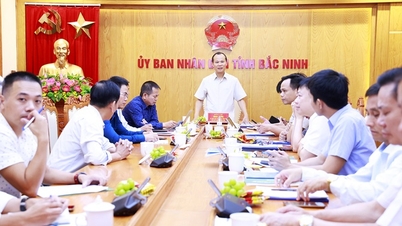

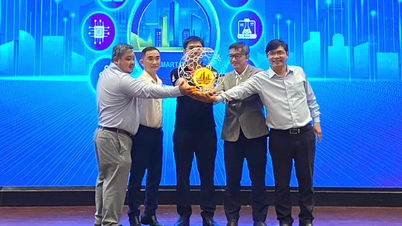











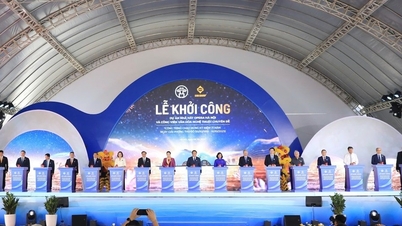

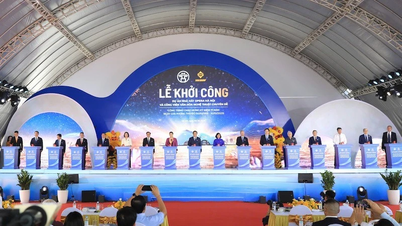

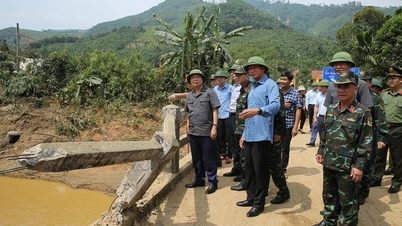

































![[VIDEO] Summary of Petrovietnam's 50th Anniversary Ceremony](https://vphoto.vietnam.vn/thumb/402x226/vietnam/resource/IMAGE/2025/10/4/abe133bdb8114793a16d4fe3e5bd0f12)

![[VIDEO] GENERAL SECRETARY TO LAM AWARDS PETROVIETNAM 8 GOLDEN WORDS: "PIONEER - EXCELLENT - SUSTAINABLE - GLOBAL"](https://vphoto.vietnam.vn/thumb/402x226/vietnam/resource/IMAGE/2025/7/23/c2fdb48863e846cfa9fb8e6ea9cf44e7)



















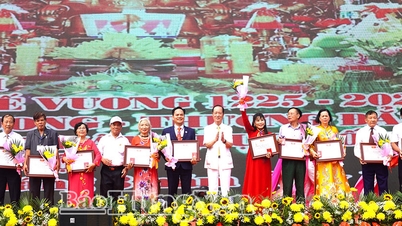
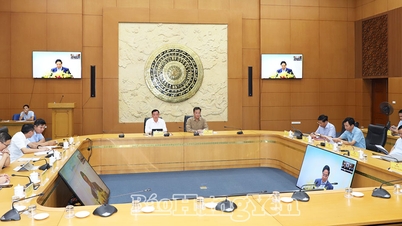













Comment (0)